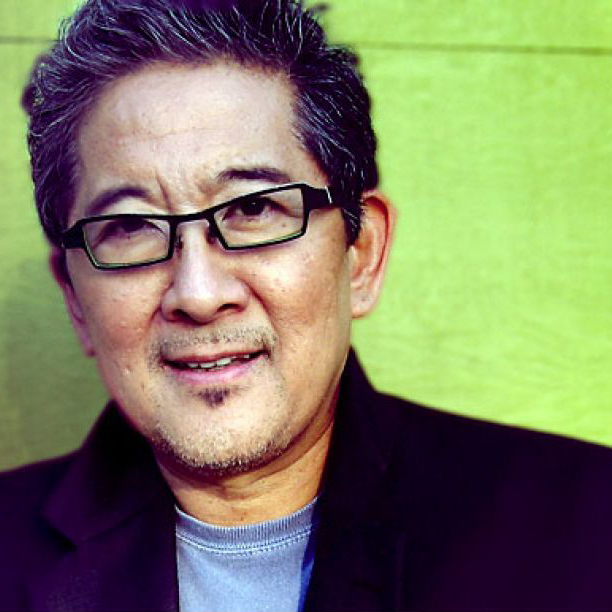Playwright Philip Kan Gotanda created a new play, After the War, in collaboration with the American Conservatory Theater (A.C.T.). Set in a boardinghouse in San Francisco’s Japantown in 1946, After the War chronicled the return of first and second-generation Japanese Americans to their neighborhood after being forcibly incarcerated in internment camps during World War II. A.C.T.’s artistic director Carey Perloff, who directed the world premiere, and two members of its core company of actors, René Augesen and Steven Anthony Jones, worked closely with Gotanda from the project’s inception.
After the War took place in the locales and events of San Francisco of the past, but the themes of ethnic tension, patriotism, and economic struggles had strong contemporary relevance. During the internment of Japanese Americans, African Americans from nearby neighborhoods, as well as other new arrivals to San Francisco seeking low-cost housing, moved to old Japantown, establishing residences, businesses, and a vibrant jazz scene along Fillmore Street. Gotanda’s play explored a period of transition when Japanese Americans and African Americans, as well as other marginalized groups, struggled to find their economic, political and social footing as the city and world around them began to prosper in the post-war economic boom.
While Gotanda’s earlier work focused on Japanese American and Asian American themes, exploring the tensions between Asians in the United States and various other groups marked a new thematic trend. After the War was “a big American story” featuring a spectrum of characters and complex social and historical themes.
Photo credit: Diane Takei

